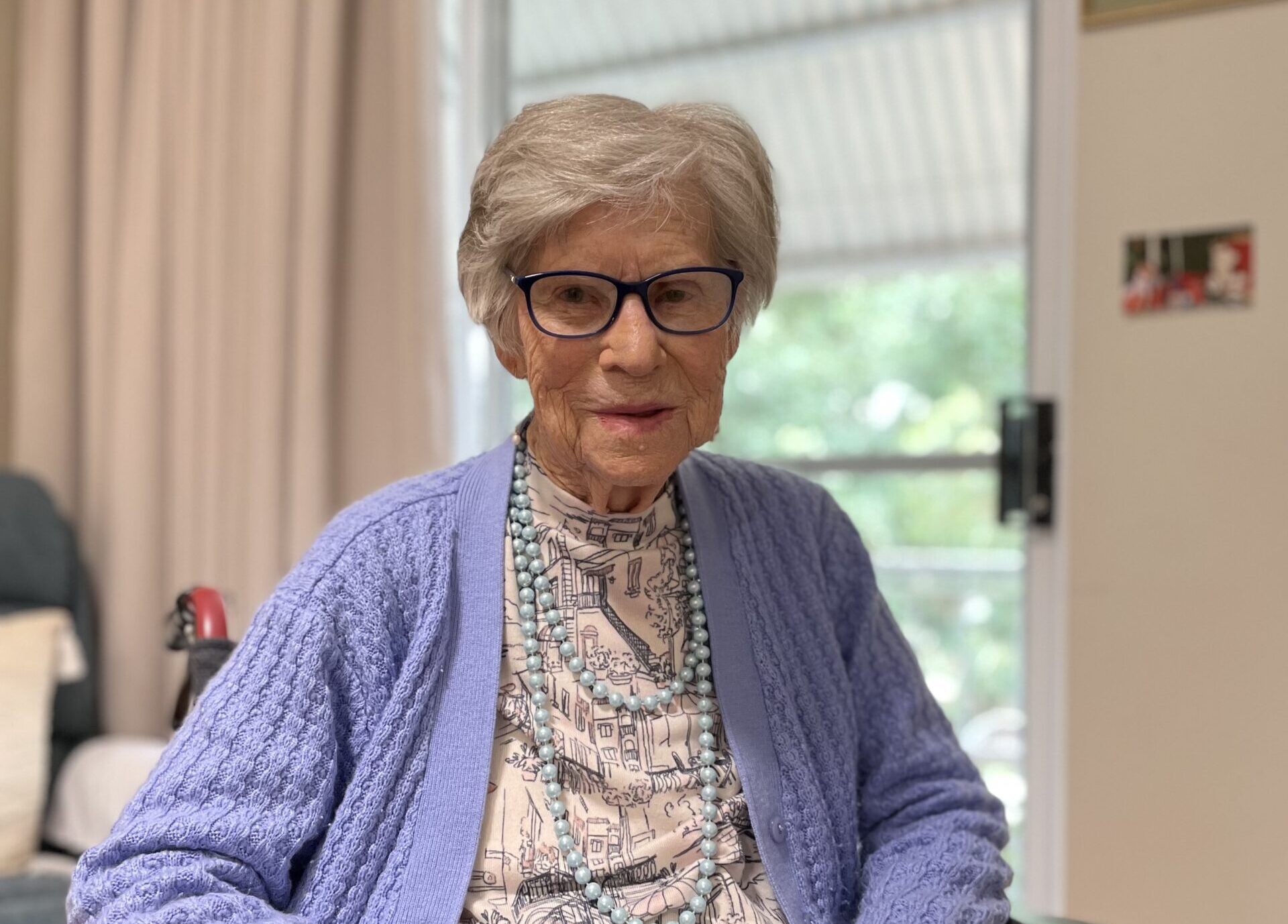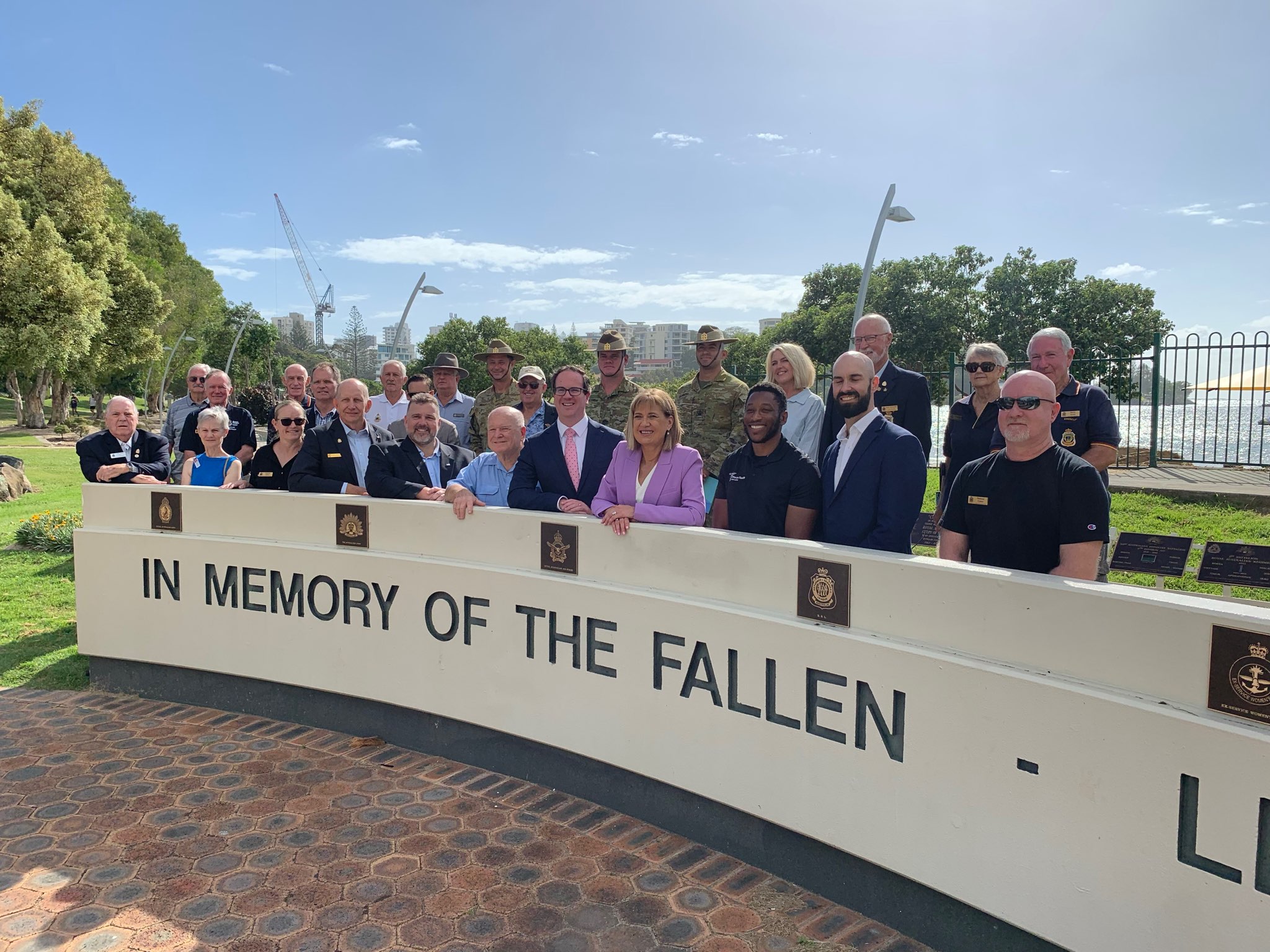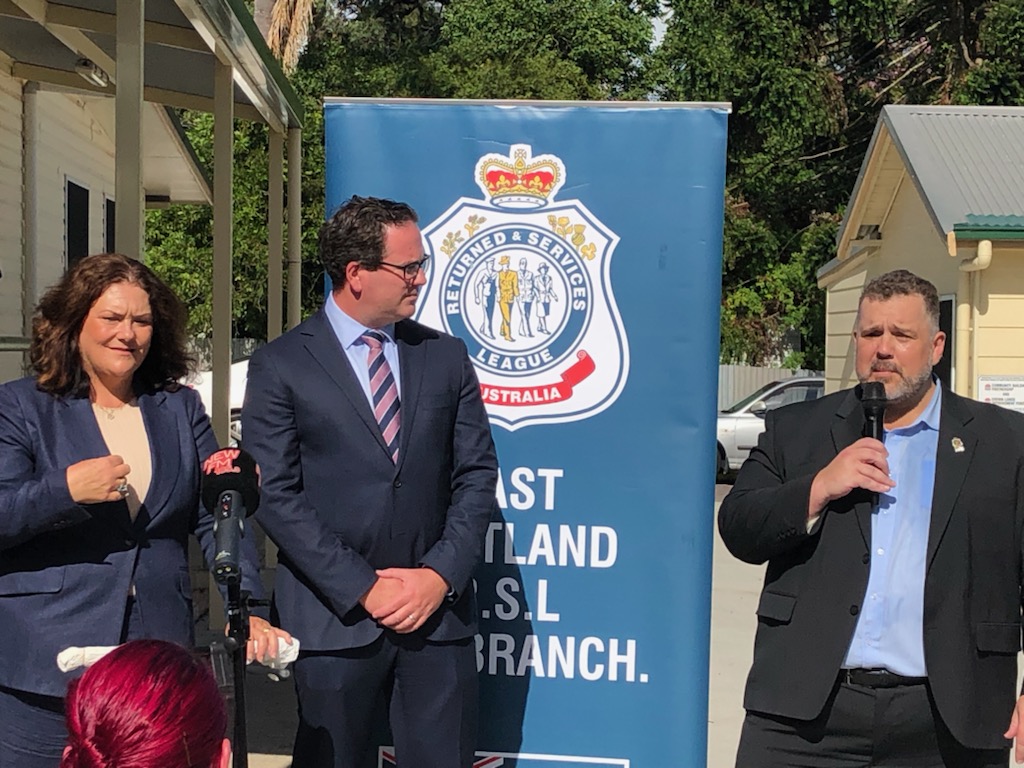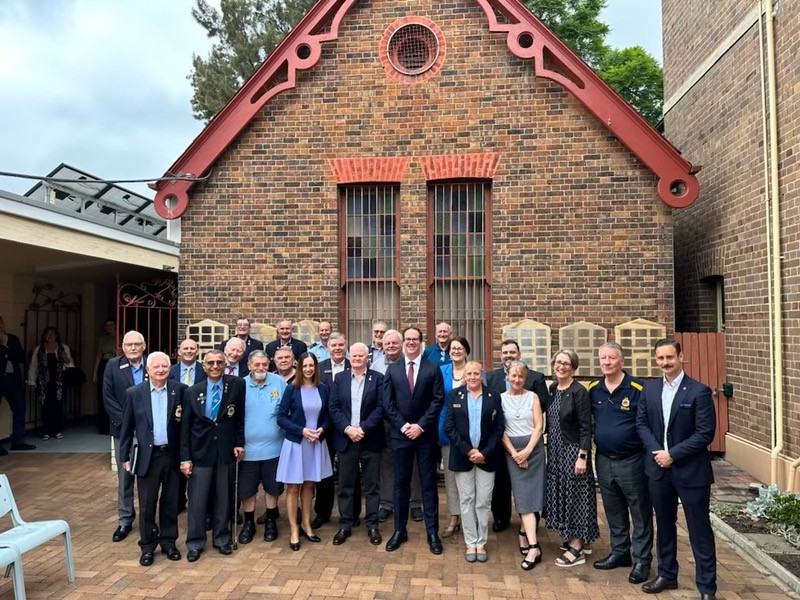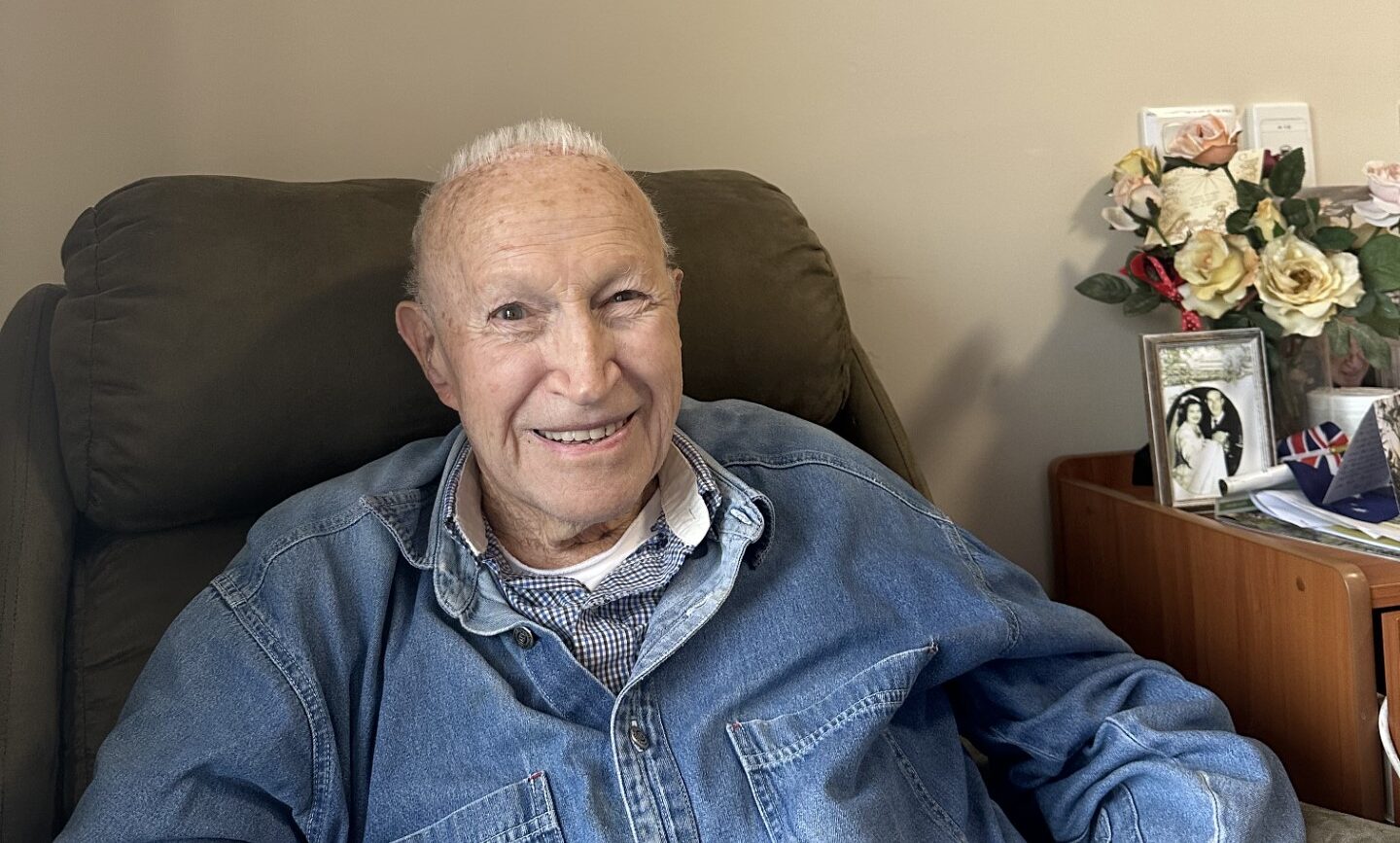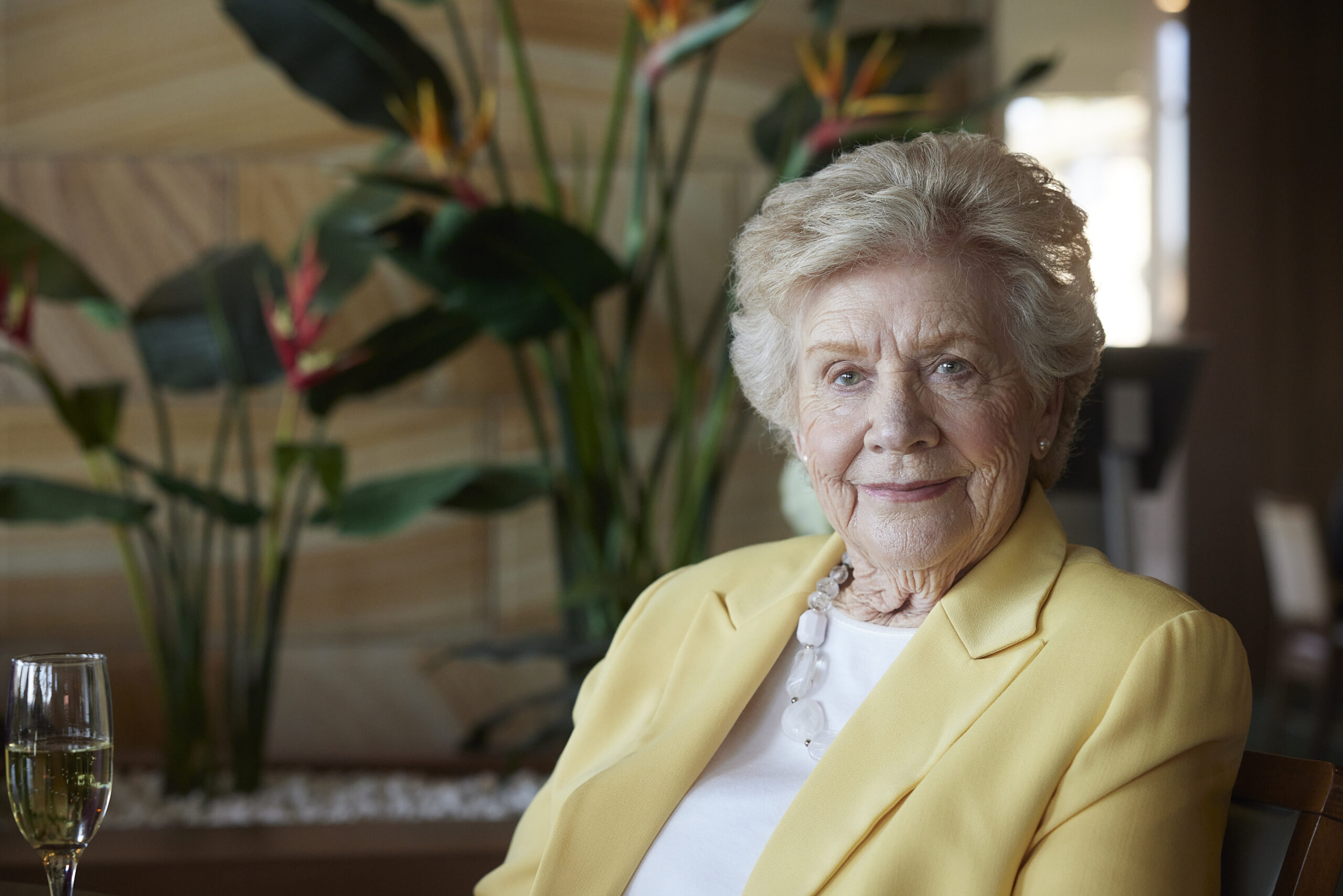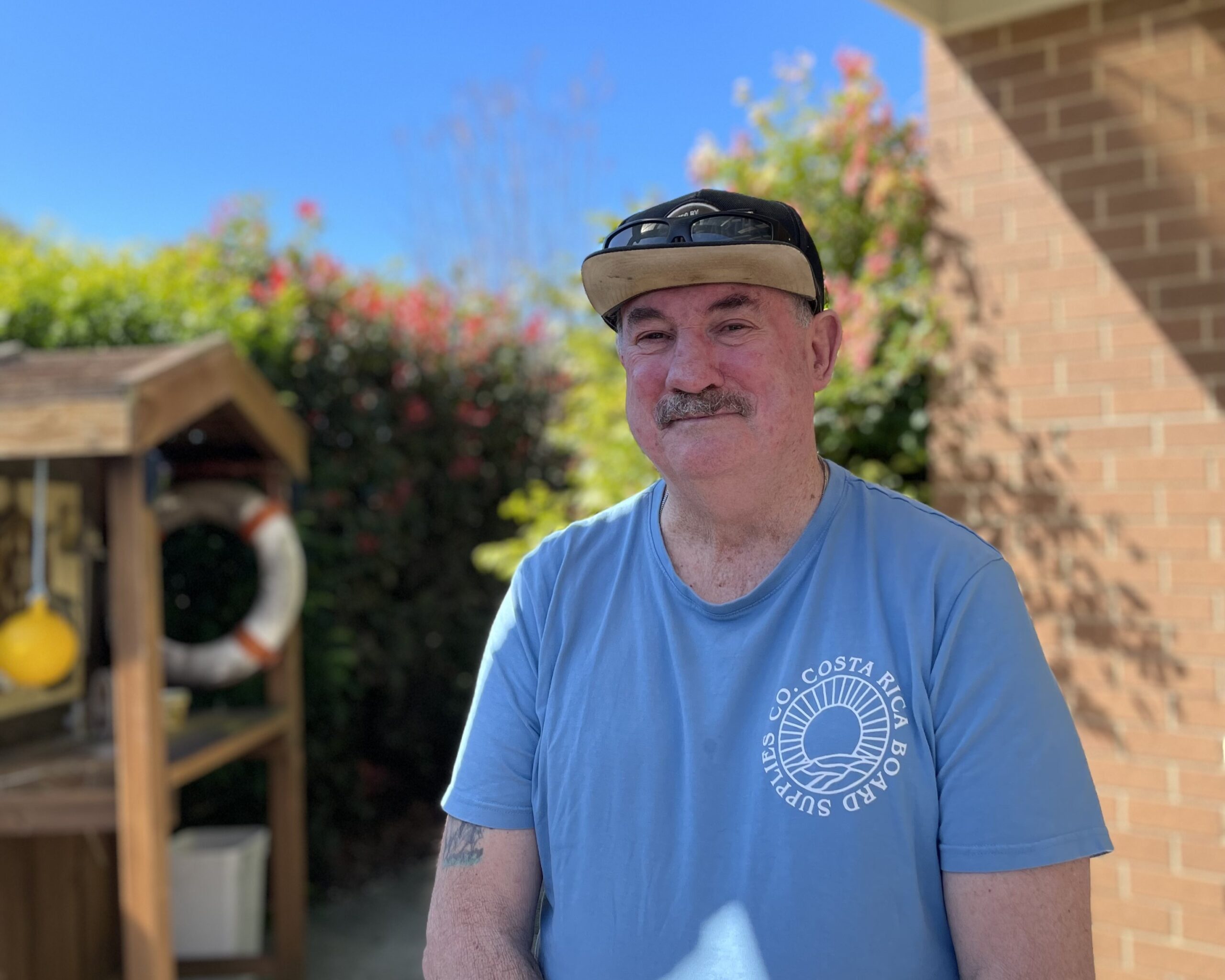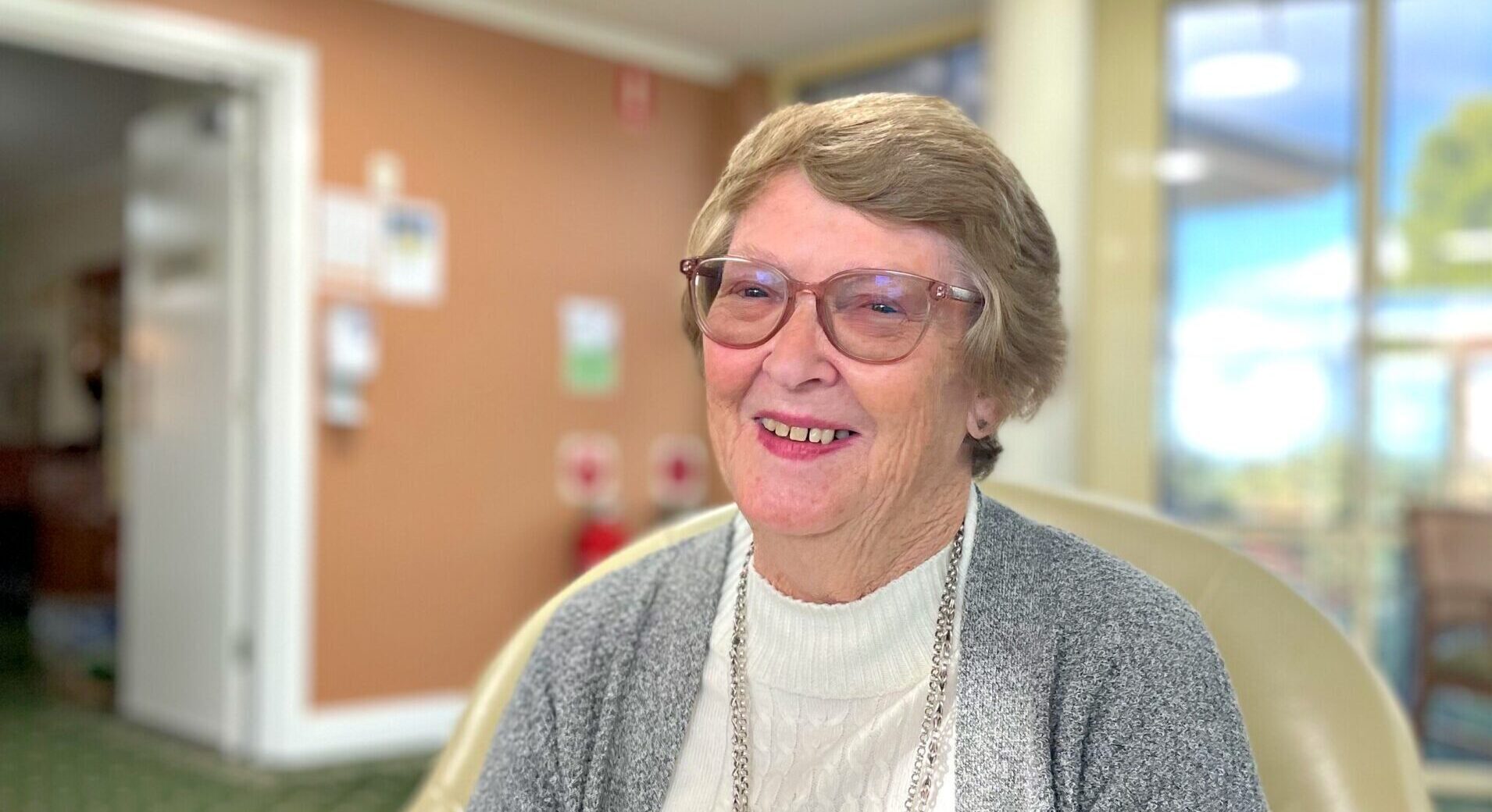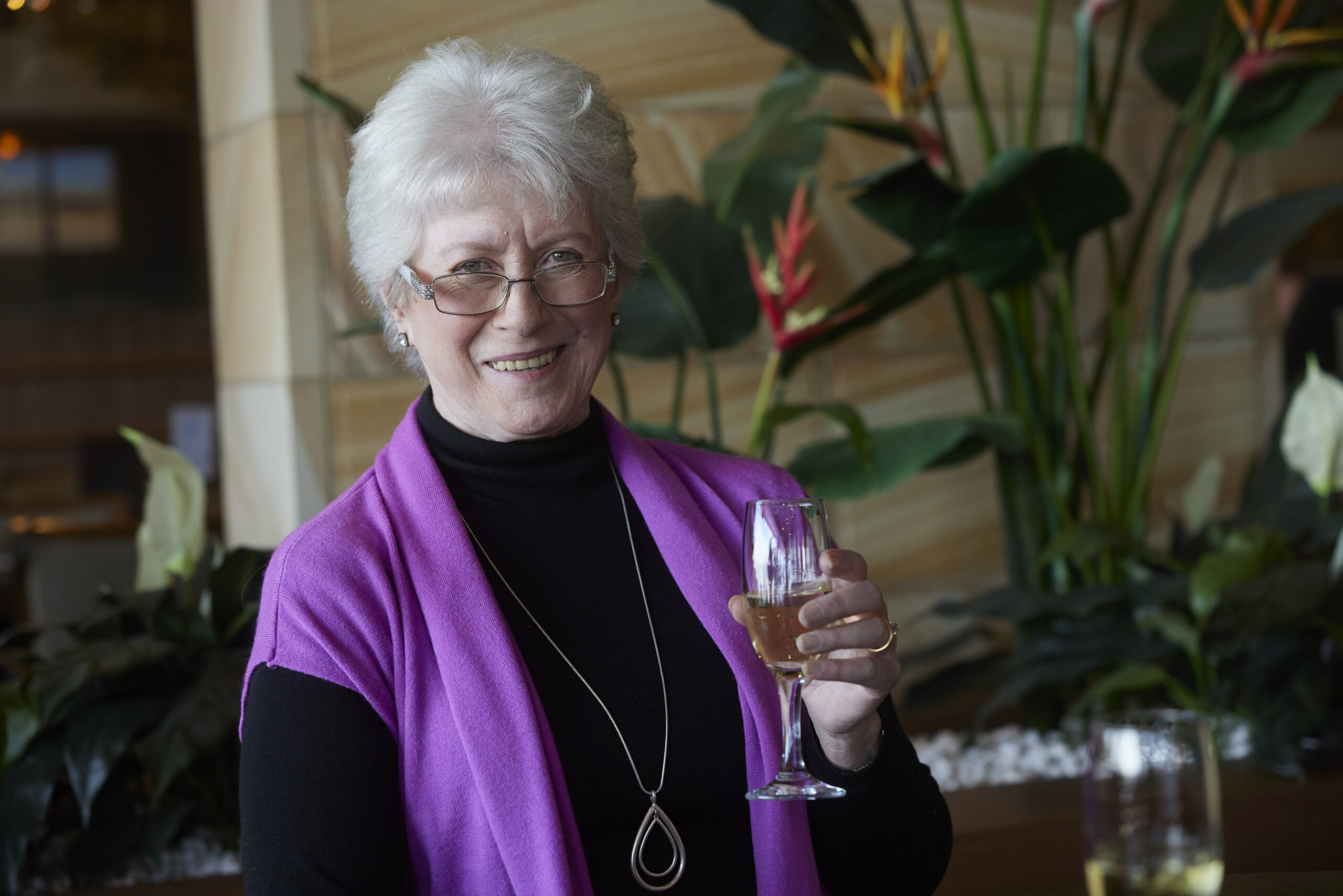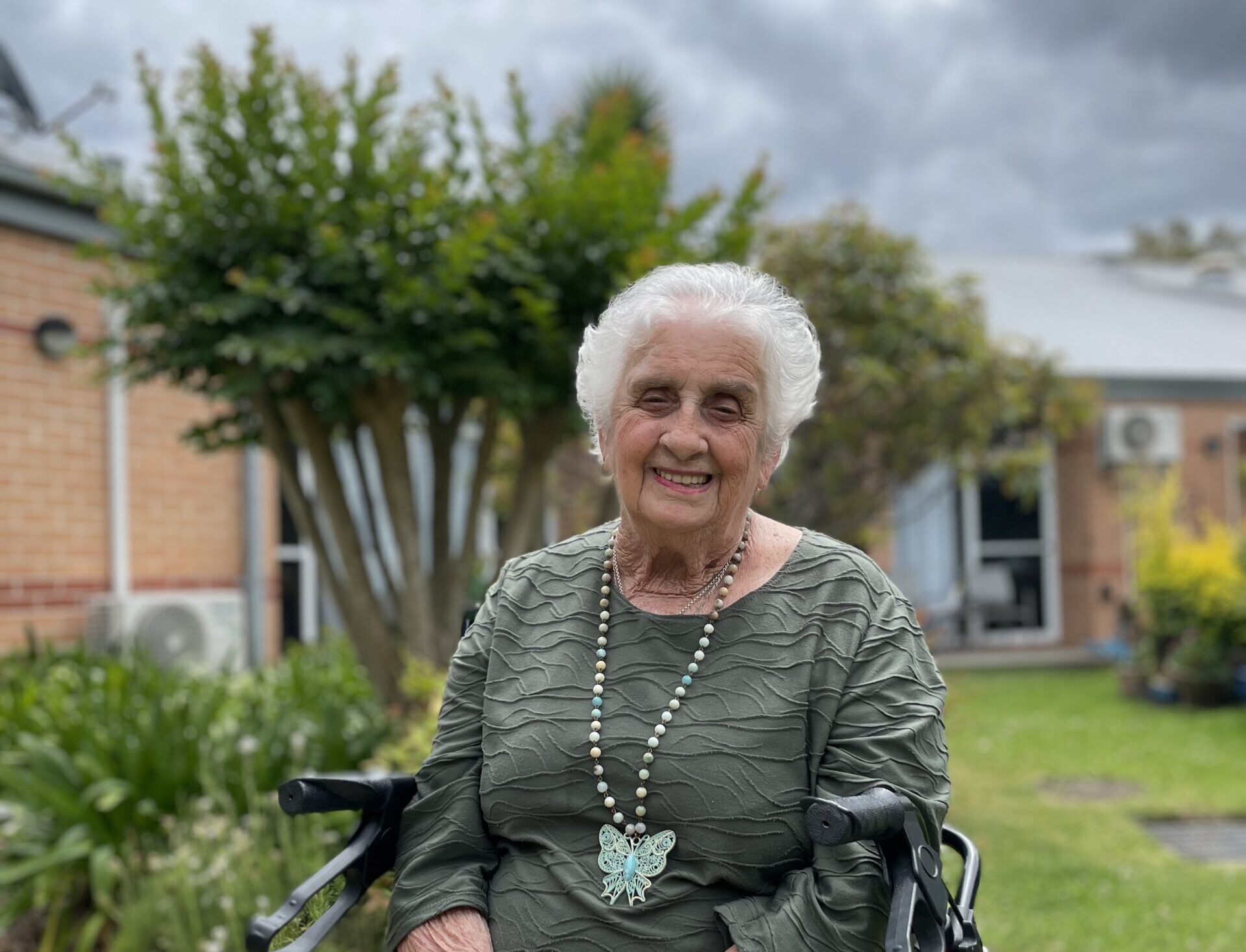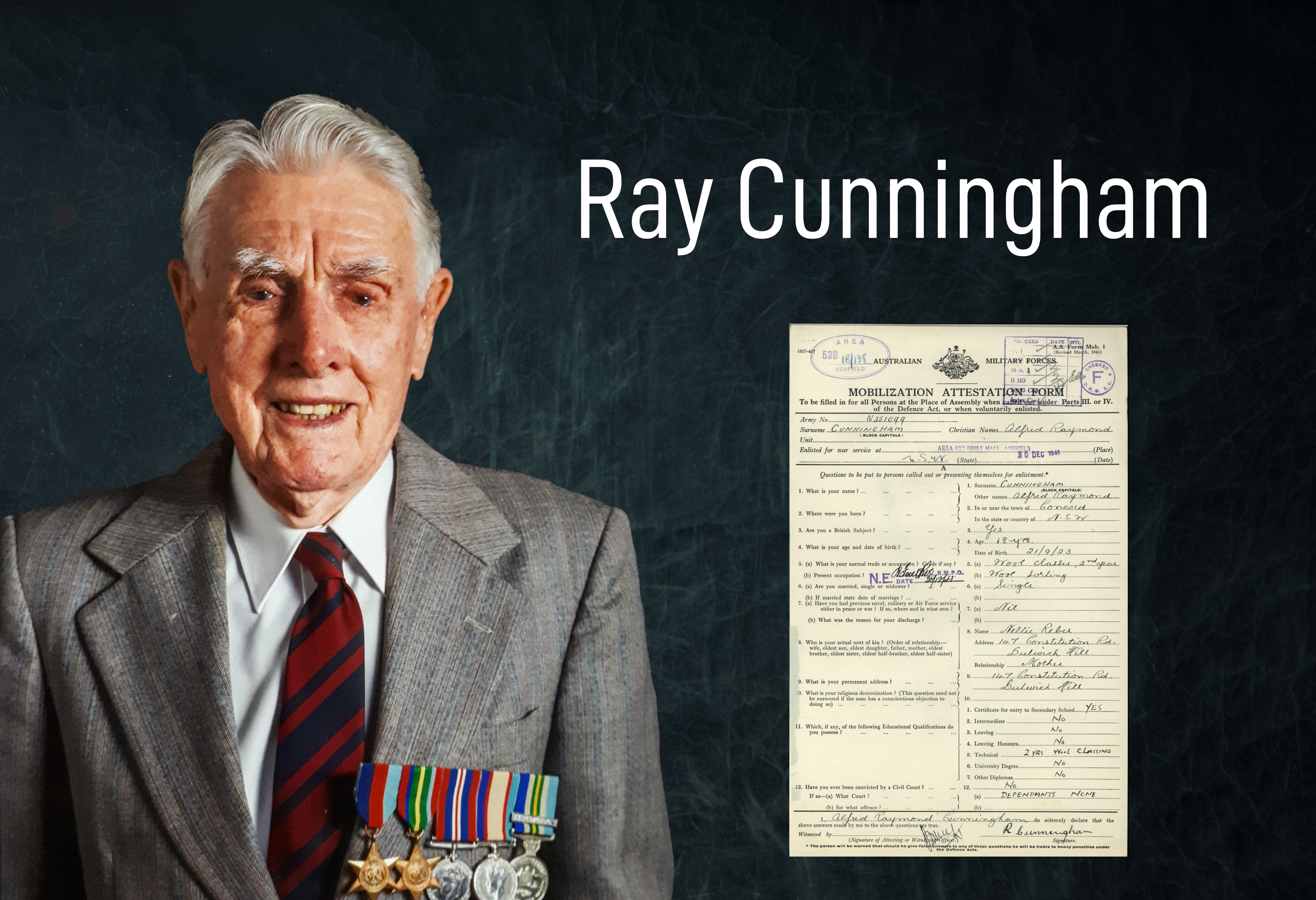
Hidden Treasures – Ray Cunningham
When Japan entered the war with the bombing of Pearl Harbour in December 1941, Australia was caught off guard. With its fighting forces on the other side of the world, a hasty scramble ensued to gather enough men to defend New Guinea and halt Japan’s offense in the Pacific. Ray Cunningham, then just 18, shares his story…
I was born on the 21st September 1923 and was 18 when the Japanese bombed Pearl Harbour, so I was called up to join the Citizens’ Militia Forces (conscription was effectively introduced, when all men aged 18–35 and single men aged 35–45 were required to join the Citizens Military Forces). I was put into the 2/14th Field Company Engineers and trained as a soldier, then given additional training in the engineering unit. We sailed for Papua New Guinea in June 1942 and headed into the jungle on the Kokoda Track. As engineers our job was to build bridges across streams and steps where it was too steep to climb the slippery hills. With a lot of men coming and going it became awfully muddy and difficult. Sometimes we laid down corduroy so they could climb up the steep sides. It was hard work and we didn’t have any machines, just our hands and a few shovels and axes.
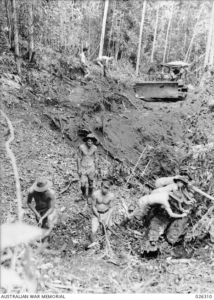
I didn’t know where we were half the time. In the end the greatest help we had to beat the Japanese was the terrain. It broke them up as well as it broke us up. So difficult … as well as the insects and diseases you run into.
We were often on our own. We had an experience one night: we were a section of 12 men and we camped on a high rise, which is not a wise thing to be camped on, but we had to stop for the night and we only had one automatic weapon to defend ourselves with. We were awfully touchy, we’d take turns keeping watch and nudge one another for their turn. We weren’t very close to the action but we’d hear the shooting, we’d hear the ping ping of someone shooting not very far away.
In my unit, we admired the blokes that were bushmen and had experience. My mate Maurie was from Cessnock. One evening Maurie and Bluey had to go down to get some water before nightfall. Off they went, Maurie from the bush and Bluey – a real towny from Surry Hills – and they didn’t come back. We were alert all night long and dead silent. Eventually they turned up in the morning, with Bluey all talk talk talk, but it was all praise for Maurie. They’d reached the river, filled their cans with water, and then started to argue about which was the way back. They were lost, and it was Maurie who’d insisted they stay put until light. Maurie had kept calm, but Bluey had panicked – he was a panicky sort of fellow! But he was so grateful to Maurie, if it wasn’t for him they wouldn’t have made it back alive. We sure did celebrate when they turned up in the morning, we were so relieved.
One of the biggest impressions I got from that time was from the Papuans. I got to appreciate them; many of them were conscripted from the coastal villages and sent up into the mountains, they were just as green as we were from Australia. It was hard for them to come up into the mountains because they were coastal boys. Toward the end of my time in Papua I was very friendly with some of them and kept in touch with one man in particular, Keke Mareva, who spoke good English.
Once we were back in Port Moresby we were retrained and equipped with bulldozers, graders and the like and got involved with the oil installations and port construction. We put a jetty right out into the centre of the harbour so ships could get in. We built oil tank sites and facilities for Port Moresby itself.
We were brought by ship back to Australia in 1943. I’ll never forget sailing through the heads into Sydney Harbour on the Kanimbla. We were so excited to be coming home, but we were all shivering cold because we were used to the tropics. They sent us to Wagga with just shirts, no jumpers, makes me cold just to think about it!
We were sent up to Queensland, re-equipped and put back into the Pacific, this time to Morotai as a staging location for the final push into Borneo. There were two campaigns on the western side, Balikpapan and Tarakan, and we were going in on the east at Labuan. I had a bulldozer and I was seconded to the artillery. They wanted a bulldozer at the bow to make sure the landing craft was high and dry and to clear a landing space for the artillery. I had a good winch, but we had a good dry landing. I cleared the obstacles the Japanese had put there and what had been blown away by our artillery before we landed. Then I got to work clearing the rubble from the destroyed town and preparing a spot for our prefabricated fuel tanks, so a fuel source could be established. There was a lot of work to do.
We were in Labuan when the atom bombs were dropped. I have a vivid memory of that week. The bombs were dropped and there was heavy apprehension, would they surrender? When? How? What would happen with us and all the Japanese where we were? The rumour was that it would happen on the 14th and all the Navy ships had fireworks ready to celebrate. That night there was a terrific storm on Labuan, it drenched everything and everyone, including the fireworks. We were thinking a lot about God and the atom bomb, wondering if this was going to be the end of the world. There were so many rumours going around. I’d been doing a lot of praying and trusting, but I didn’t know what to believe, none of us knew what to think.
On the 15th we woke up to the news that there was no surrender yet, the fighting continued. But later that day we heard that it was, finally, all over. We had to secure enclosures to bring the Japanese in. We had to round them up and get them to surrender their weapons, their guns and swords, quickly. That was a tense period. They were not predisposed to surrender and go home. At night the locals would come and throw stones at them. We learnt a little about the poor fellows too. There were 5,000 Japanese that had to be rounded up and brought up to Labuan. Mainly, they were hungry. They’d been short of rations; everyone was short of food in that last year of Japanese occupation.
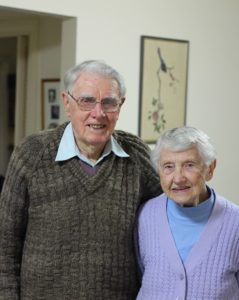
Ray at home 75 years after the end of WWII
I was in Labuan until December 1945. One night an officer came up to me and said ‘We’ve got a spare seat on a Catalina going back to Australia and we’ve decided to put you on it’, so the next morning I was off home, just like that. We flew across Borneo to Balikpapan, then to Darwin, then to Cairns and the eventually we landed in Rose Bay. Flying over Borneo slowly, at low altitude over the mountains, was tremendous. It left a huge impression on me, partly because I thought I would never be back. Little did I know, I’d later spend 40 years living in Borneo, but that’s another story….
AUTHOR – HELEN JOHNSTON
Blog Posts
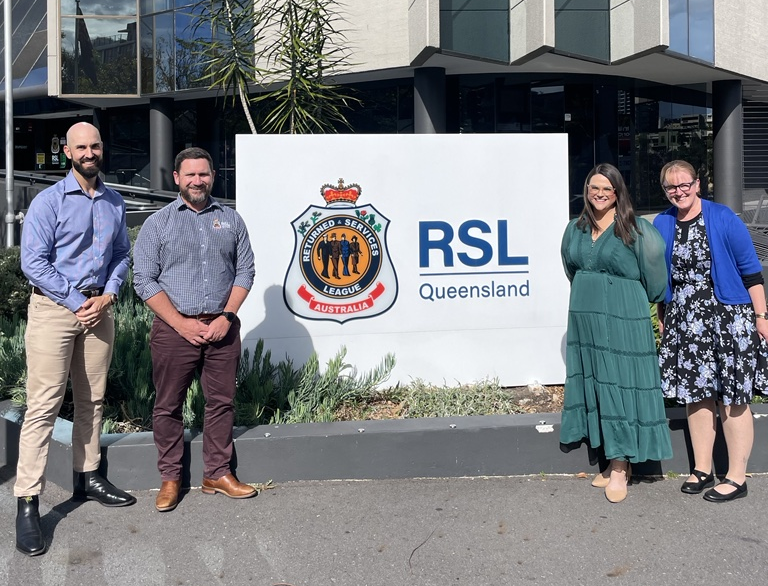
05 Feb 2024
NSW veteran employment prospects enhanced as RSL LifeCare partners with RSL Queensland
To further enhance the employment prospects of veterans and their partners, RSL LifeCare Veteran Services has today announced its...
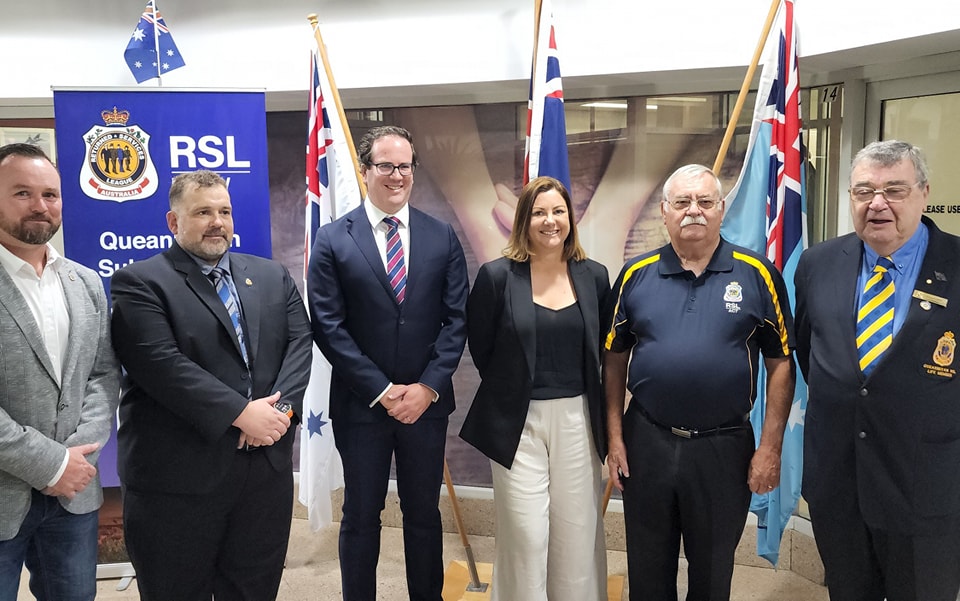
23 Jan 2024
RSL LifeCare receives $5.445 million in funding to deliver a new Veteran Wellbeing Hub in Queanbeyan
RSL LifeCare, in partnership with RSL NSW, will receive a $5.445 million grant from the Federal Government to develop...
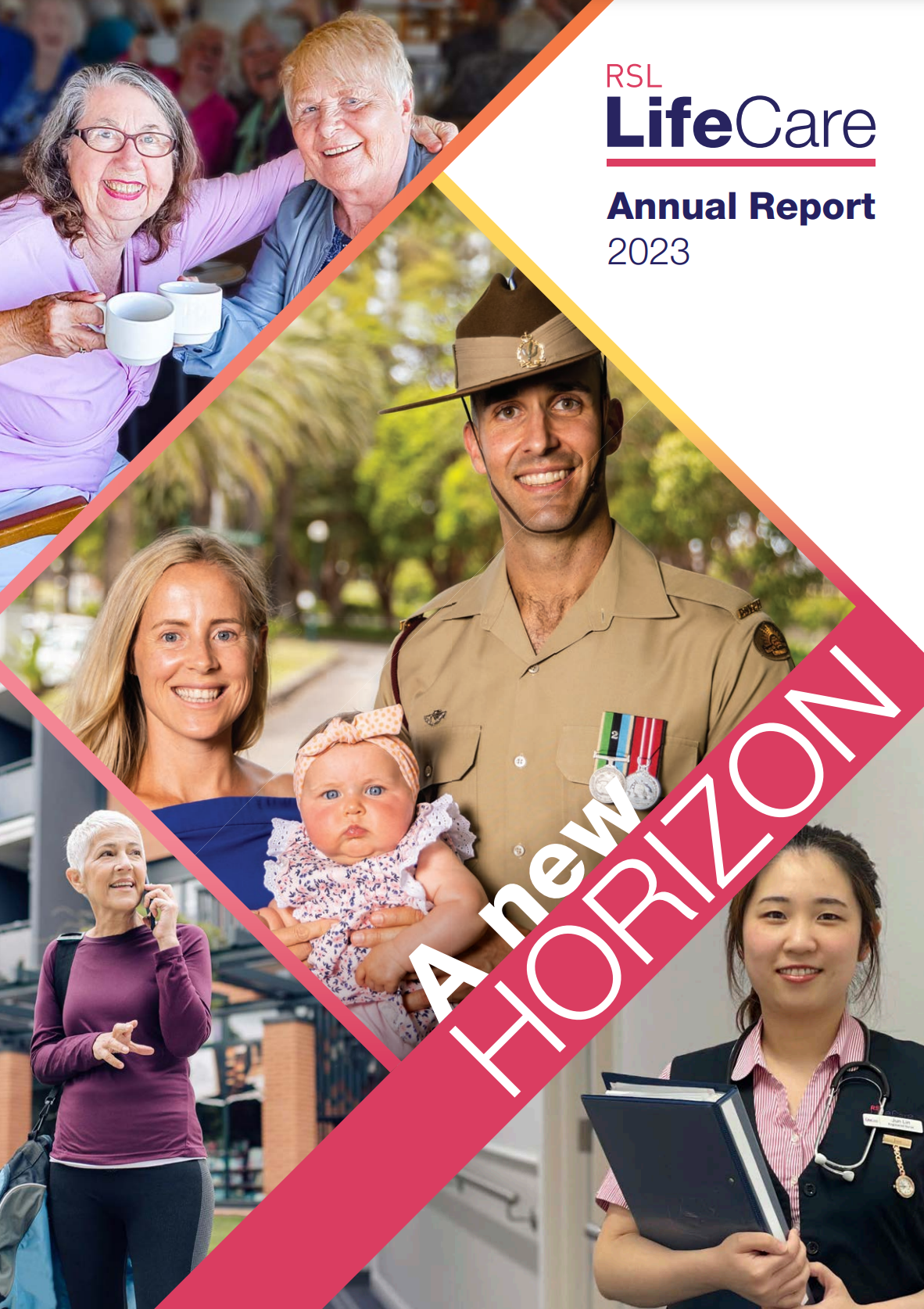
11 Dec 2023
RSL LifeCare Annual Report 2023
We are pleased to announce the 2023 RSL LifeCare Annual Report is now available to view via flipbook or...

27 Nov 2023
Positive impact of Intergenerational Relationships
The power of intergenerational relationships has been demonstrated on ABC’s Old People’s Home for Teenagers, featuring residents from RSL...
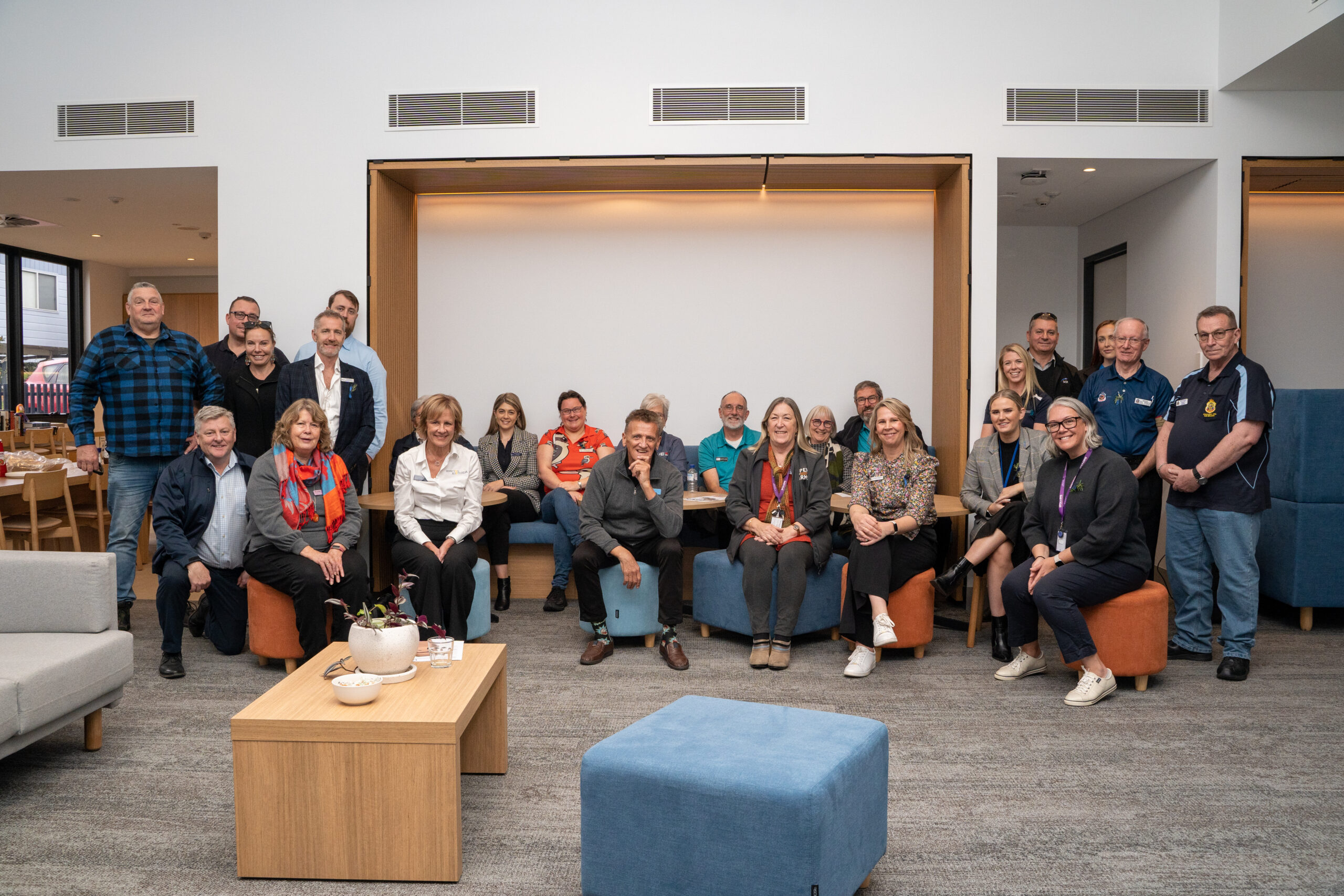
23 Nov 2023
RSL LifeCare secures $1.7 million funding to establish Central Coast Veteran and Family Hub and $243,000 for a centre at Bardia Barracks
RSL LifeCare has received $1.7 million in funding from the Albanese Government’s Veteran Wellbeing Grants One-Off Program to establish...

22 Nov 2023
RSL LifeCare awarded $520,341 in government funding to enhance Veteran wellbeing services in Riverina
RSL LifeCare has secured $520,341 in funding from the Albanese Government’s Veterans Wellbeing Grants One-Off program that will be...
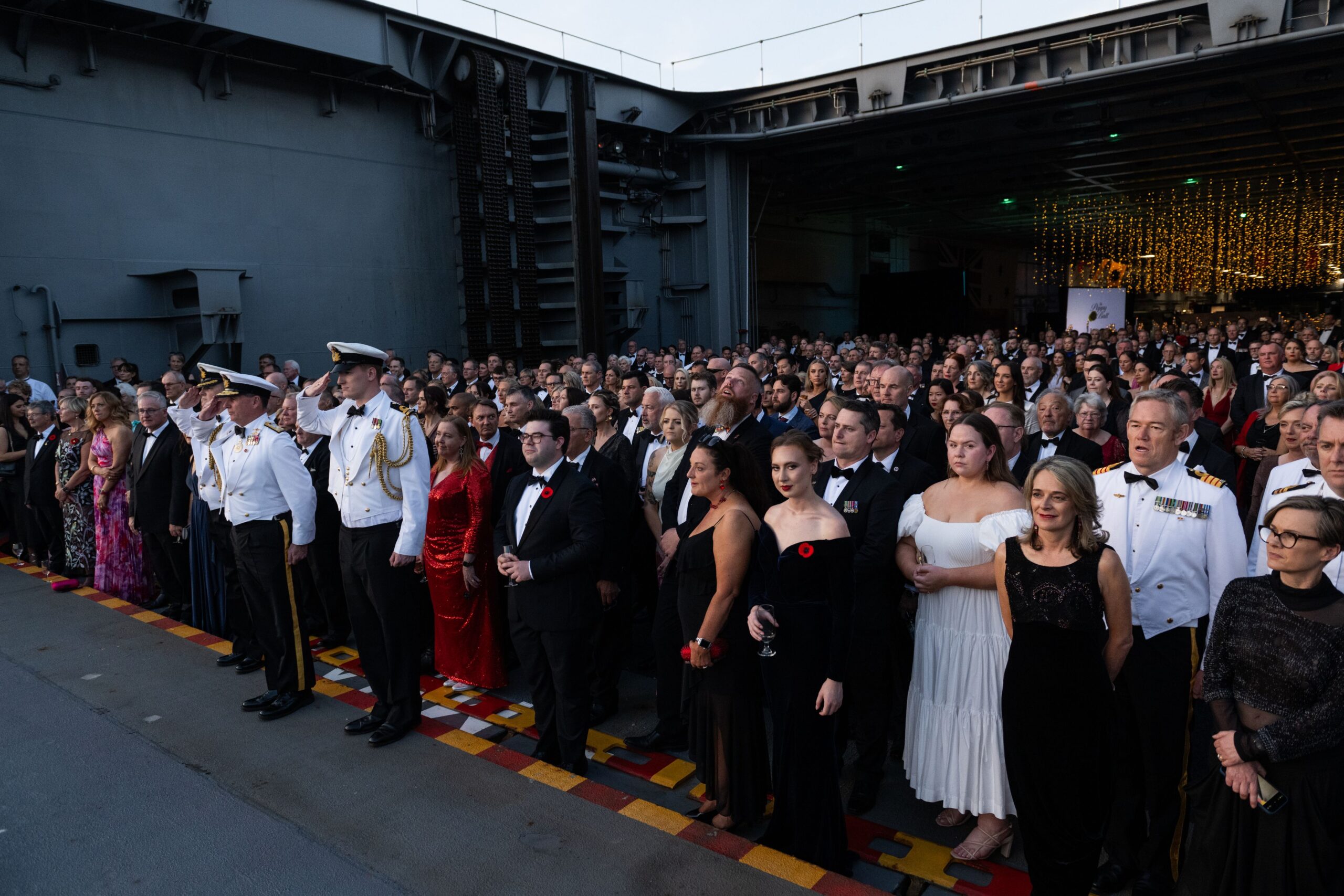
14 Nov 2023
RSL LifeCare hosts the inaugural Poppy Ball aboard HMAS Adelaide (III)
The inaugural Poppy Ball was held in Sydney on Saturday 11 November 2023 aboard the HMAS Adelaide (III). The...
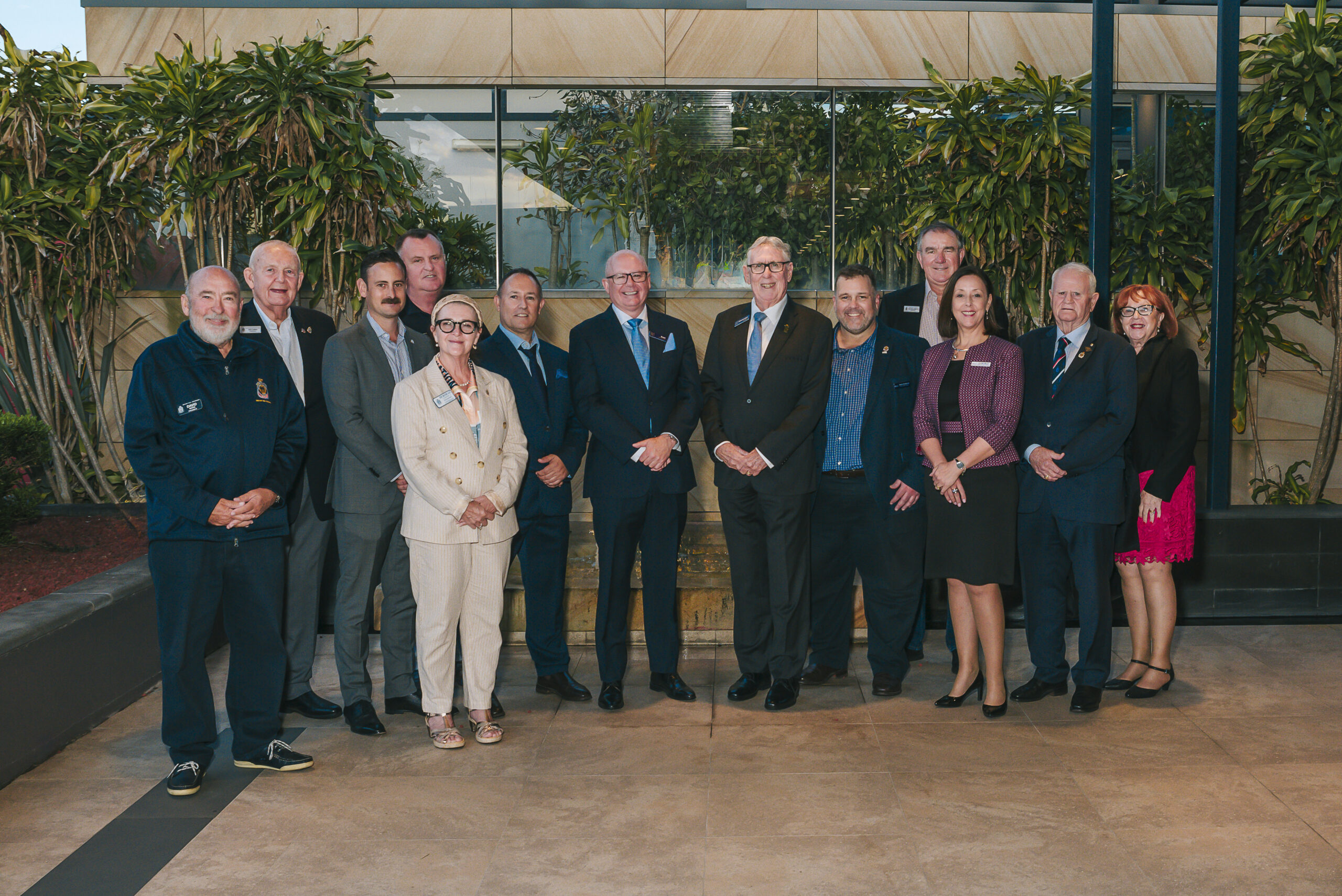
26 Sep 2023
RSL LifeCare announces plans for new Veteran Wellbeing Centre in Dee Why
RSL LifeCare is set to extend its crucial service delivery for local veterans and their families with the opening...
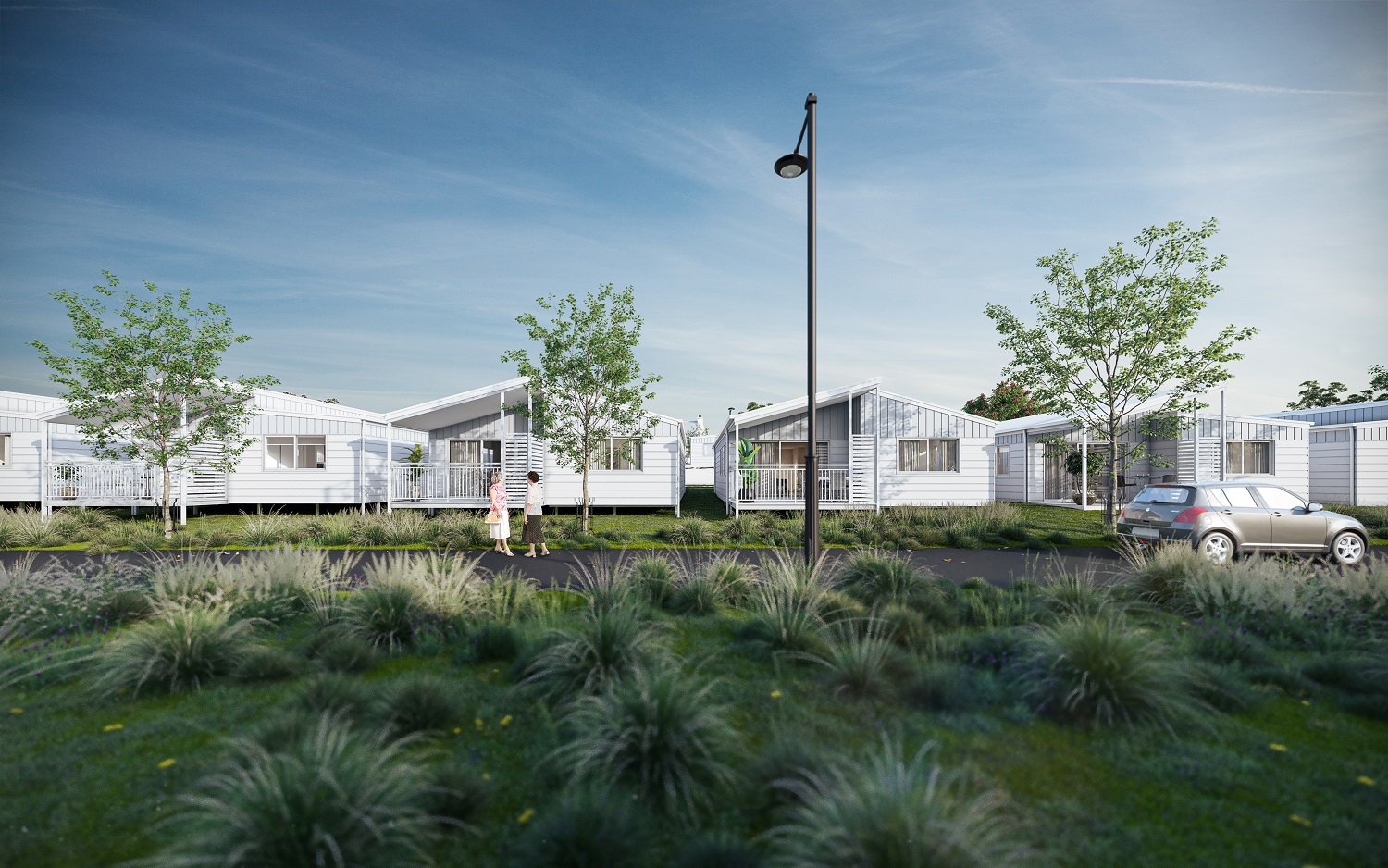
20 Sep 2023
RSL LifeCare Nowra Community Unveils Visionary Expansion, Elevating Retirement Living to New Heights
RSL LifeCare has today announced Stage 2 release of its Dumaresq Retirement Village at RSL LifeCare Nowra Community. The...
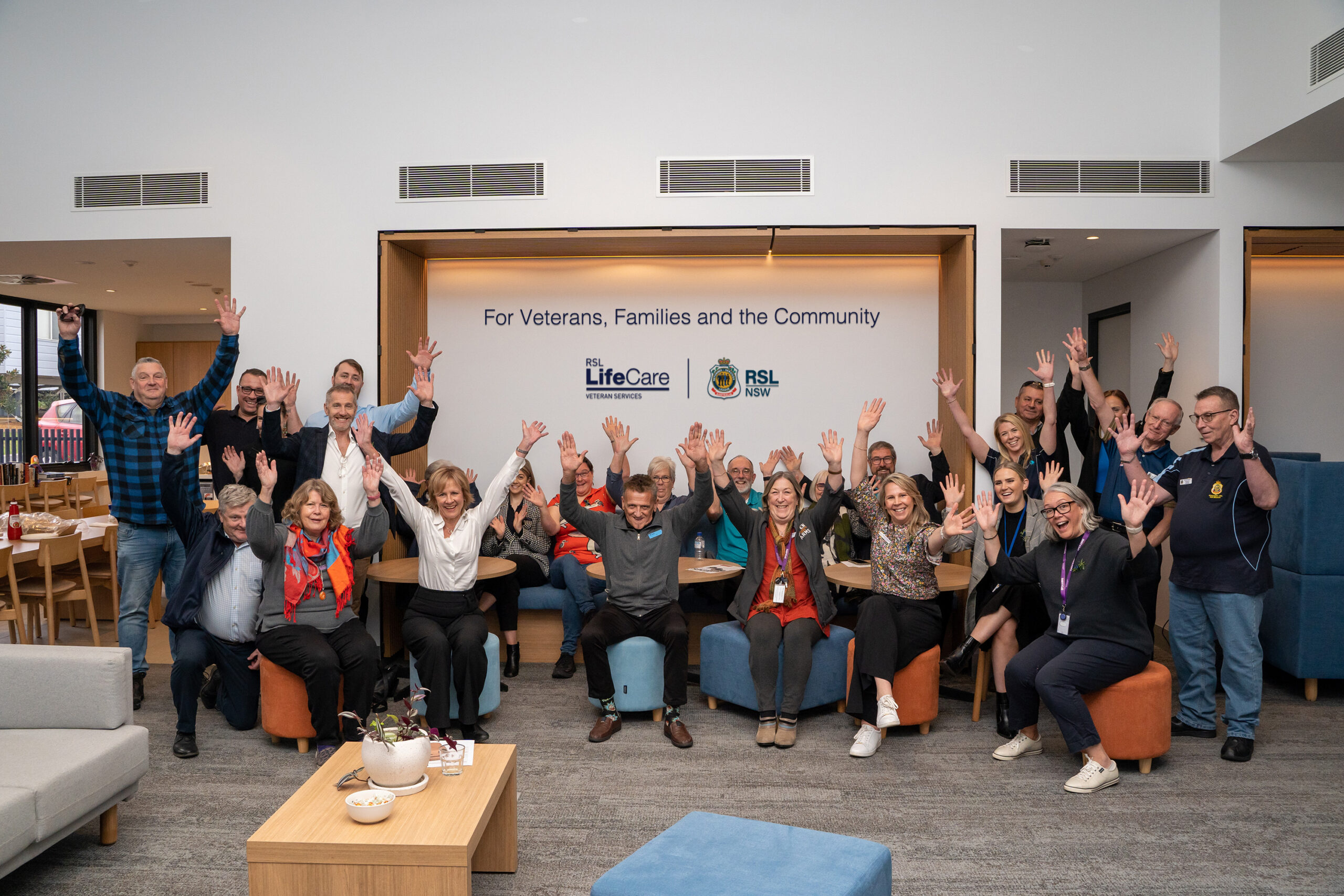
22 Aug 2023
Federal Government grant awarded to RSL LifeCare
RSL LifeCare has been awarded a $50,000 grant by the Australian Government to support the development of a business...
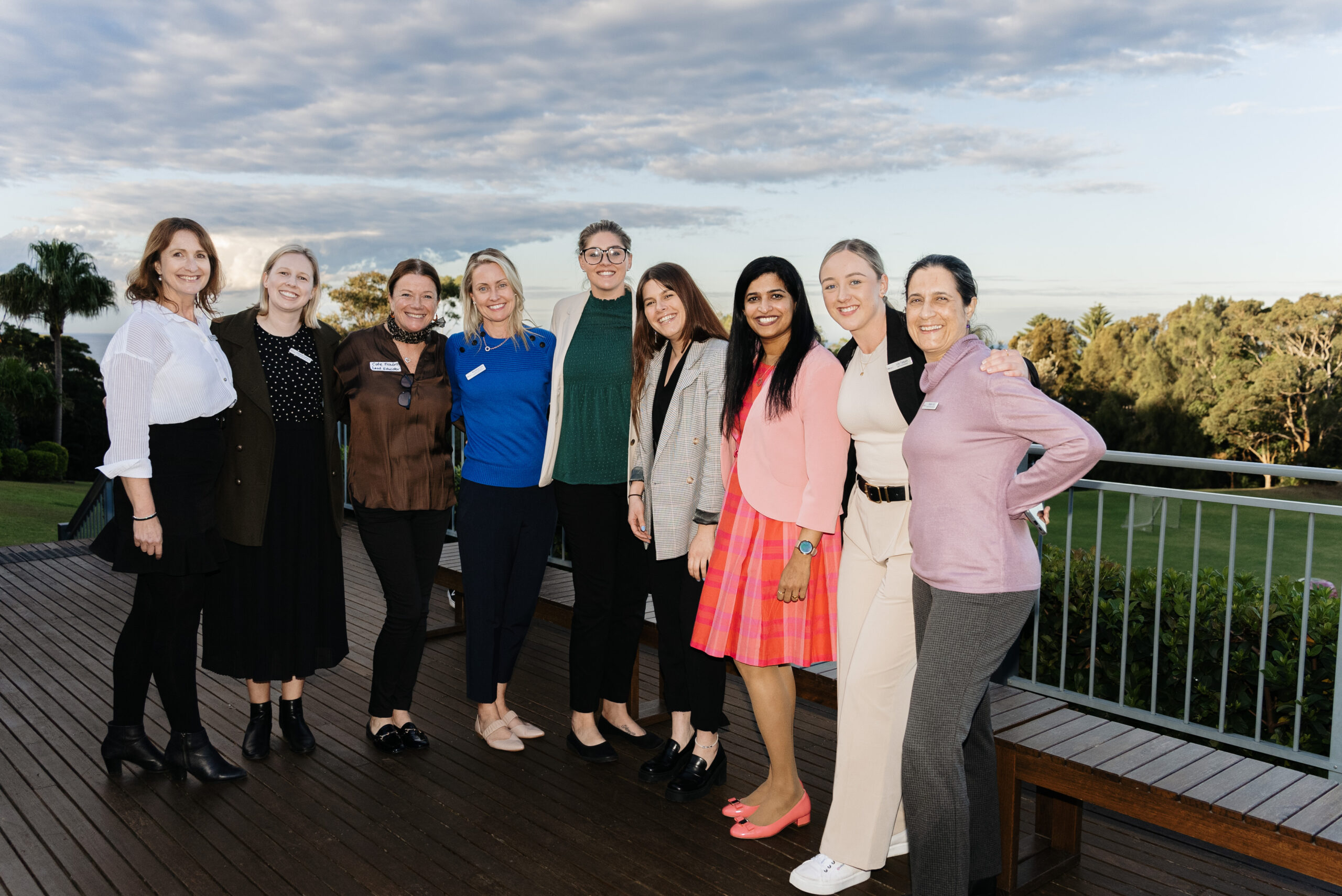
16 Aug 2023
RSL LifeCare a finalist in Best Graduate Development Program – Australian HR Awards 2023
August 2023 – RSL LifeCare’s Graduate Registered Nurse Program has been announced as a finalist in the Australian HR...
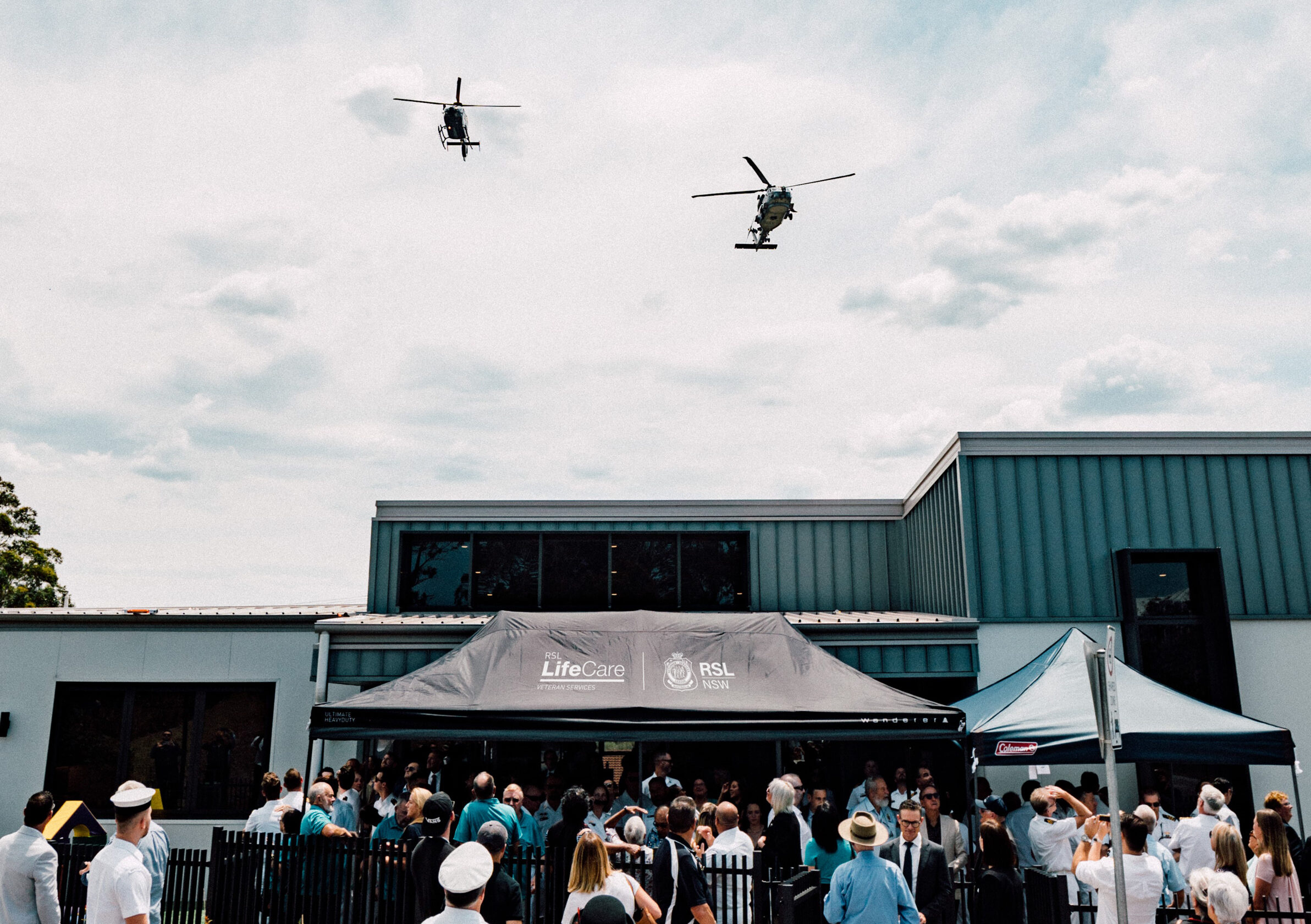
14 Aug 2023
RSL LifeCare successfully moves to the second stage in becoming the provider for a Veterans’ and Families’ Hub in both the Tweed-North Coast region and Queanbeyan.
RSL LifeCare has welcomed the opportunity by the Federal Government to submit a business case to deliver a Veterans’...

08 Mar 2023
Message from our CEO celebrating International Women’s Day
Good morning everyone, Today, on International Women’s Day, we take the opportunity to celebrate the contribution made by the...
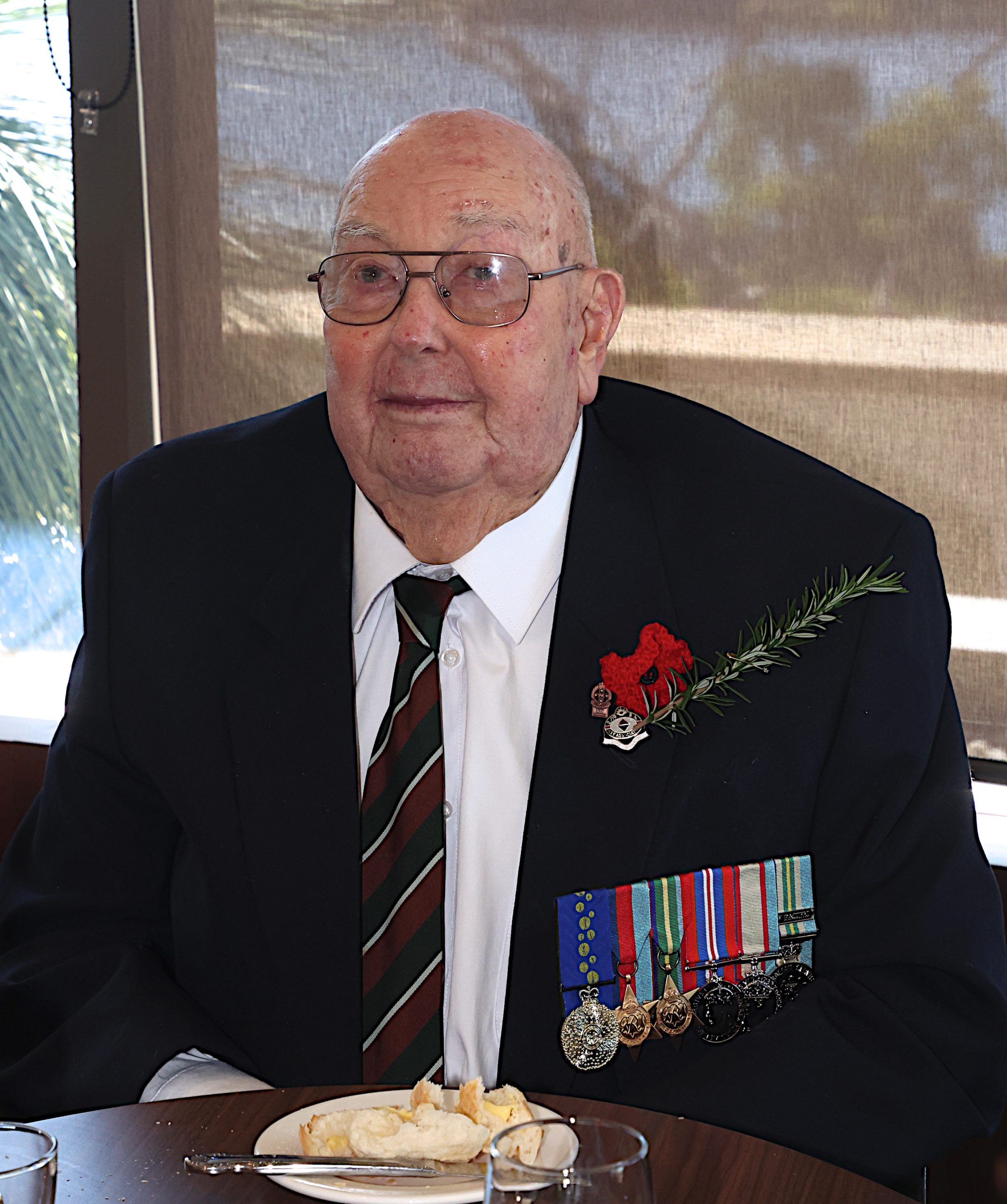
09 Jun 2022
Vale Walter Williams OAM
RSL LifeCare staff and residents alike have been deeply saddened to learn of the passing of long – time...
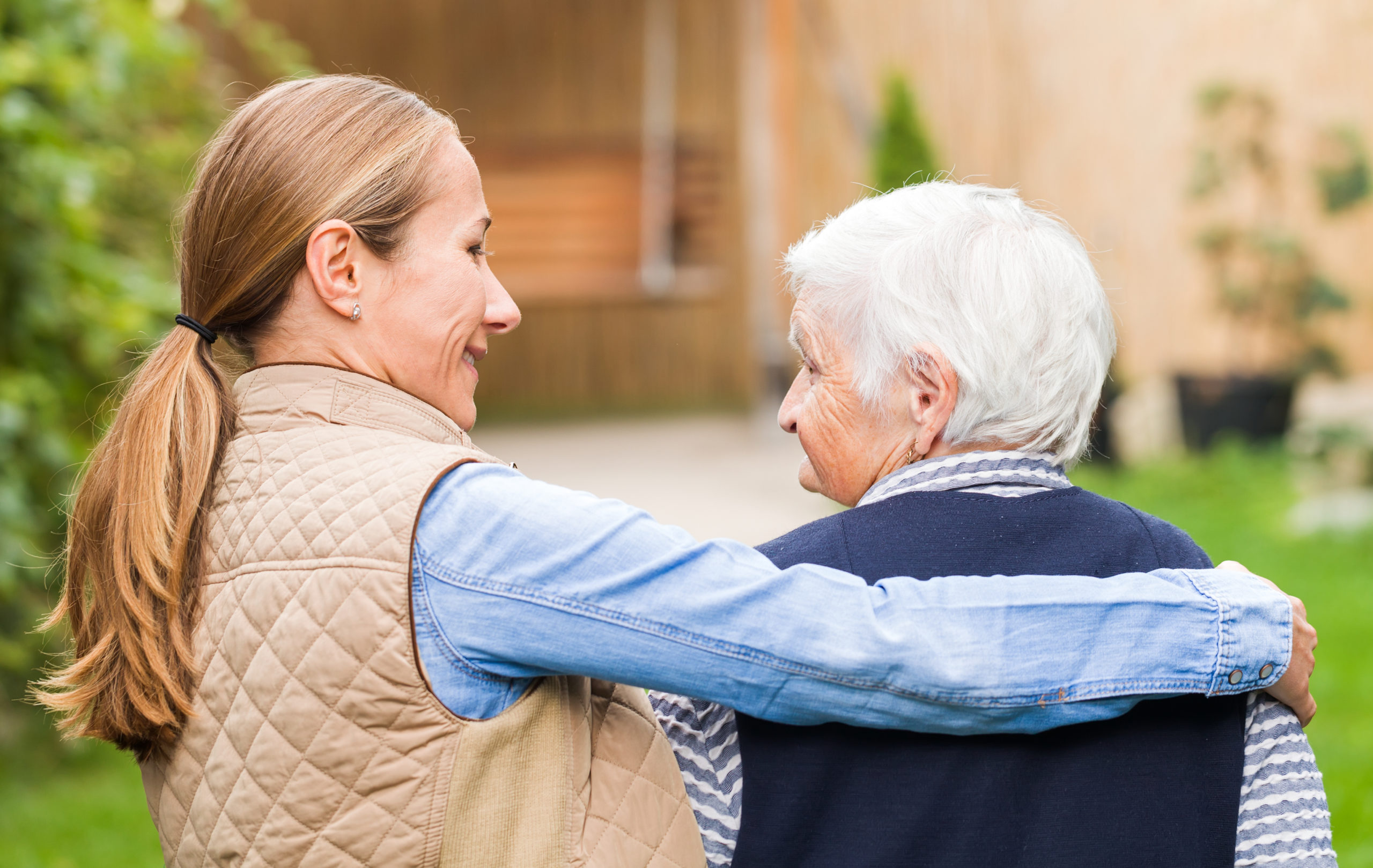
12 May 2022
Giving our nurses a voice to lead
Today, on International Nurses Day (IND) we shine a light on our nursing staff and their vital work. Our nurses...
08 Apr 2022
RSL LifeCare Veteran Services – one team supporting veterans and their families
The delivery of Veteran Services has been core to RSL LifeCare since its beginnings over 100 years ago. Now,...

20 Mar 2022
How the RSL Veterans’ Employment Program helps veterans find work
Transitioning to a different career is not always easy for veterans returning to civilian life. The RSL Veterans’ Employment...
24 Nov 2021
RSL LifeCare Annual Report 2021
I am pleased to advise that the 2021 RSL LifeCare Annual Report is now available. This annual report is...
06 Oct 2021
Rapid Antigen Test kits now available to Aged Care providers.
The Department of Health is offering Rapid Antigen Test kits to aged care providers across NSW in high-risk Local...

05 Aug 2021
Aged Care Employee Day is a day to thank everyone at RSL LifeCare.
7th August is Aged Care Employee Day. This is a day for us to thank every person who works...
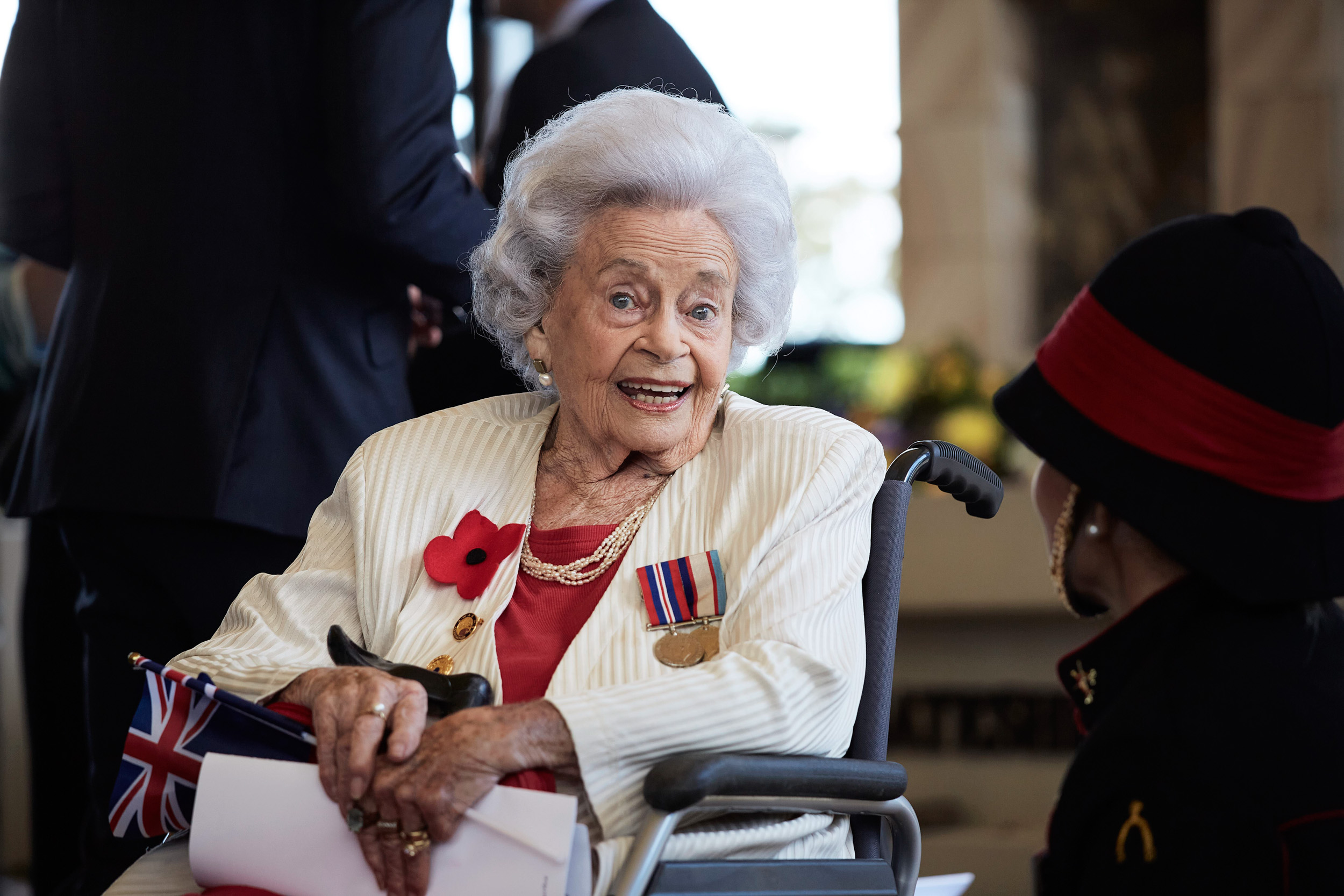
12 Jul 2021
World War 2 code breaker Marion Painter features in Sky News documentary
ANZAC Village, Narrabeen resident Marion Painter has featured in Sky News documentary, The Alliance, about her time as a...

29 Jun 2021
Aged care workers should be vaccinated on site.
AGED care provider, RSL LifeCare, have applauded the Australian Government for their decision to mandate COVID-19 vaccinations for staff...
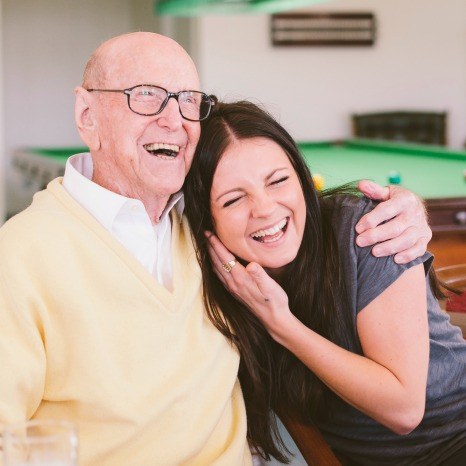
23 Mar 2016
Laughter is the best medicine
Laughter releases endorphins, giving us the ‘feel good factor’ Acts as aerobic exercise and is like ‘internal jogging’ Unleashes...
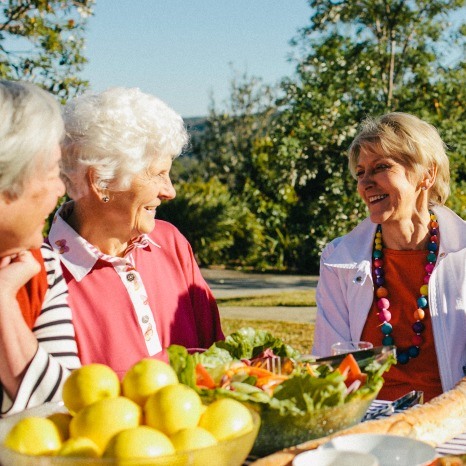
17 May 2016
A healthy diet for a healthy heart
Valentine’s Day saw people thinking of love and things of the heart and we thought it would be a...
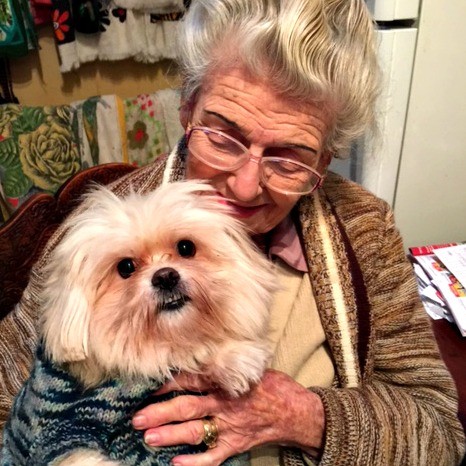
11 Oct 2016
Pets and Positive Ageing
Animals play an important role in our lives. As Community Staff, we are blessed to see the bonds that...
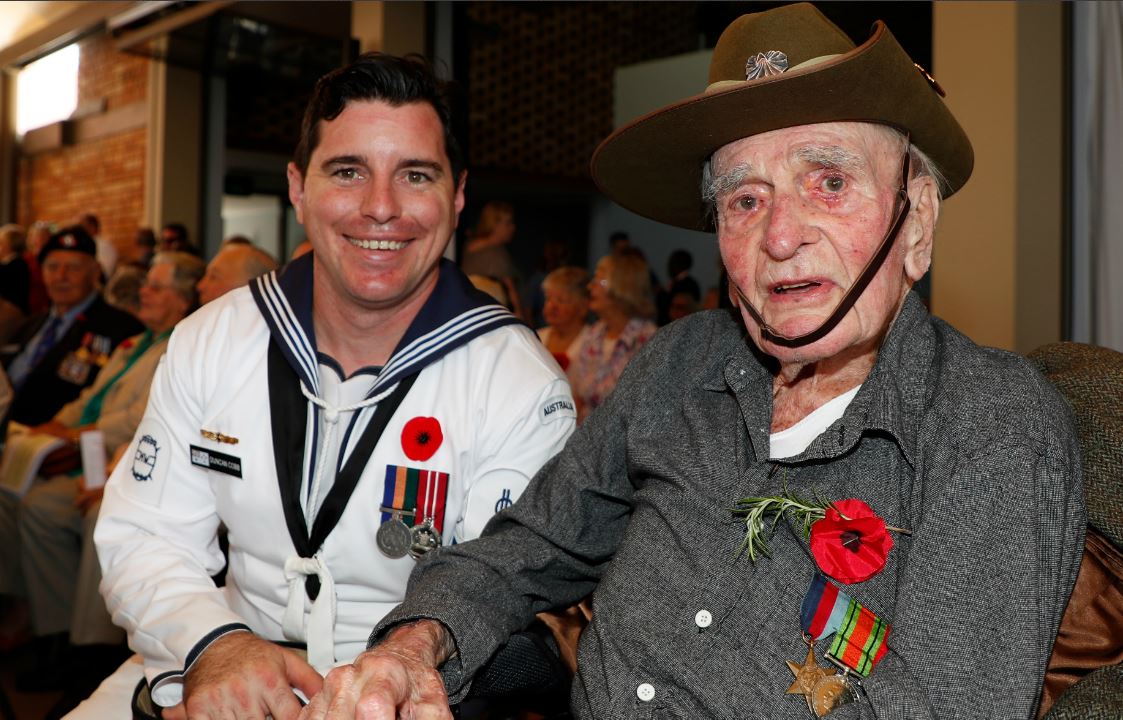
More from the blog
Latest News
Peter Fletcher’s Journey through WWII and Beyond
Peter Fletcher was born on March 18, 1924, in Brisbane, Queensland. At the age of 18, in 1942, he joined the Royal Australian Air Force...
Read moreCathy’s Tale of Work, Family, and Volunteering
"I was born on 19 December 1927. I'm 96 now. Originally from Tamworth, NSW. I began my career as a secretary, starting in Tamworth, then...
Read moreRSL LifeCare receives grant to develop a new Veterans’ and Families’ Hub in the Tweed-North Coast Region.
RSL LifeCare, in partnership with RSL NSW and sub-Branches, will today receive a $5.445 million grant from the Federal Government to develop a Veterans’ and...
Read moreRSL LifeCare receives multi-million dollar grant to develop a new Veterans’ and Families’ Hub in the Hunter Region’
RSL LifeCare, in partnership with RSL NSW and sub-Branches, will today receive a $5.445 million grant from the Federal Government to develop a Veterans’ and...
Read moreRSL LifeCare receives $5.445 million in funding to provide holistic support for veterans from Hawkesbury to South Western Sydney
RSL LifeCare, in partnership with RSL NSW and sub-Branches, will today receive a $5.445 million grant from the Federal Government to develop a Veterans’ and...
Read moreThe Incredible Journey of John Currie: A Life Anchored in Service
"I was born in Western Australia as an only child to a family with proud Scottish heritage. Growing up, my roots lay in the Methodist church,...
Read moreEmbracing Life’s Symphony: Grace Lane’s Remarkable Journey
"Life at RSL LifeCare has been a surprising adventure for me. When I first arrived, my plan was simple - to do absolutely nothing. Little...
Read morePeter Boughton: A Life of Service and Treasured Memories
Peter Boughton was born on February 18, 1951, at the Sydney Women's Hospital. His early years were filled with beautiful memories, especially his close bond...
Read moreRSL LifeCare receives $5.445 million in funding to deliver a new Veteran Wellbeing Hub in Queanbeyan
RSL LifeCare, in partnership with RSL NSW, will receive a $5.445 million grant from the Federal Government to develop a Veterans’ and Families’ Hub in...
Read moreJacquie’s 16 Years of Heartfelt Volunteering at RSL LifeCare
"I'm Jacquie, short for Jacquelyn Finley. I'm 76 years old, and I've been a volunteer at RSL LifeCare John Goodlet Manor for nearly 16 years now. You...
Read moreMargaret’s Journey: From Humble Beginnings to Cherished Community Life
"I was born in the lively neighbourhood of Willoughby and soon moved to Balgowlah Heights at the age of five. Growing up in a bustling...
Read moreJoan’s Creative Pursuits: Knitting, Puzzles, and Cherished Moments at RSL LifeCare
Many residents at RSL LifeCare love to participate in a variety of hobbies that keep their minds and hearts engaged. One such resident is Joan Herringe from RSL LifeCare Connie Fall. One...
Read more

